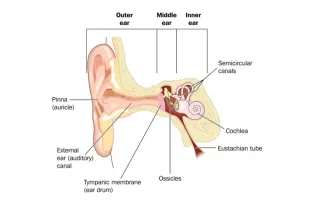An adenoidectomy is a surgical procedure to remove the adenoids, which are small lumps of tissue located at the back of the nasal cavity, where the nose meets the throat. The adenoids are part of the immune system and help protect the body from viruses and bacteria, especially in young children. However, in some cases, the adenoids can become enlarged or chronically infected, leading to breathing difficulties, recurrent ear infections, or sinus problems.
Indications for Adenoidectomy:
- Chronic Infections: Recurrent or persistent infections of the adenoids that do not respond to antibiotics.
- Obstructive Sleep Apnoea: Enlarged adenoids can block the airways during sleep, causing breathing pauses.
- Recurrent Ear Infections: Enlarged adenoids can obstruct the eustachian tubes, leading to frequent ear infections and potential hearing loss.
- Sinusitis: Chronic inflammation of the sinuses due to enlarged adenoids.
The Procedure: Adenoidectomy is typically performed under general anaesthesia. The surgeon accesses the adenoids through the mouth, without any external incisions. The adenoids are then removed using a curette, a microdebrider, or an electrocautery device to minimize bleeding. The procedure usually takes about 30 minutes, and patients can often go home the same day.
Recovery: Recovery from an adenoidectomy is usually quick, with most children resuming normal activities within a week. Postoperative symptoms may include a sore throat, nasal congestion, and mild ear pain. Pain relief medications and plenty of fluids can help manage these symptoms. It is also important to follow the surgeon’s care instructions to ensure a smooth recovery.
Benefits: Removing the adenoids can significantly improve breathing, reduce the frequency of ear and sinus infections, and alleviate symptoms of sleep apnoea.




